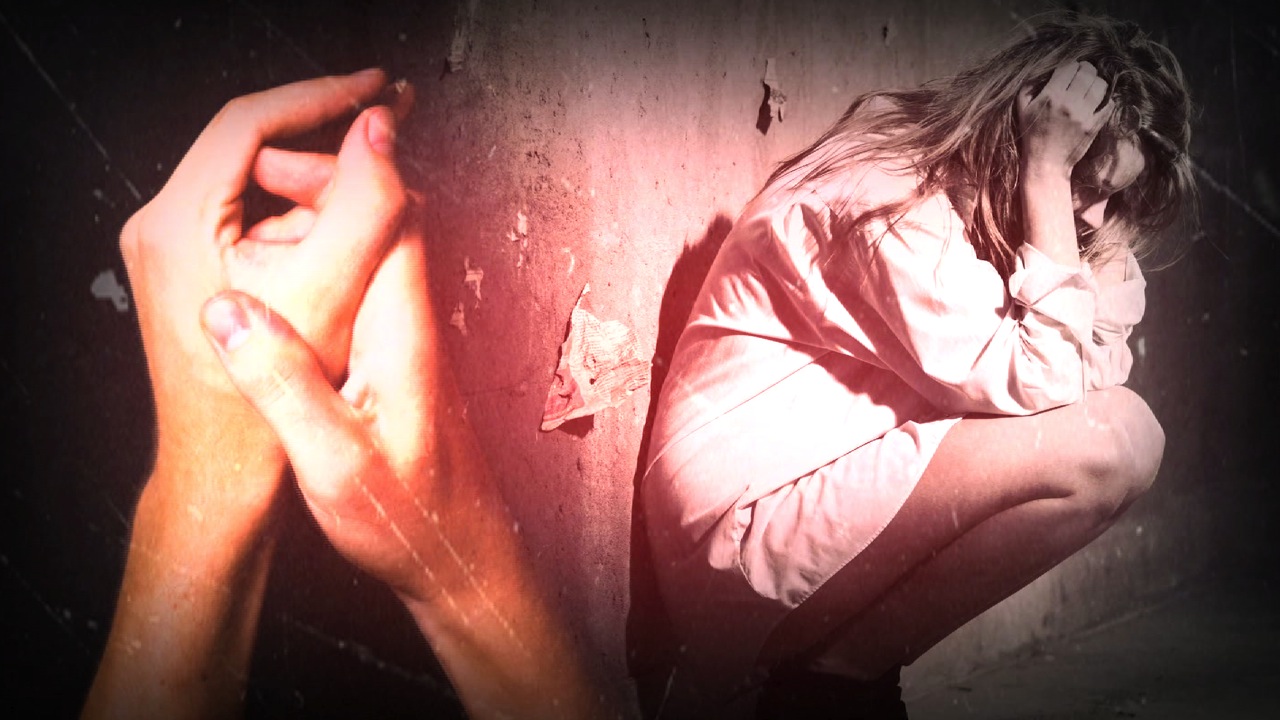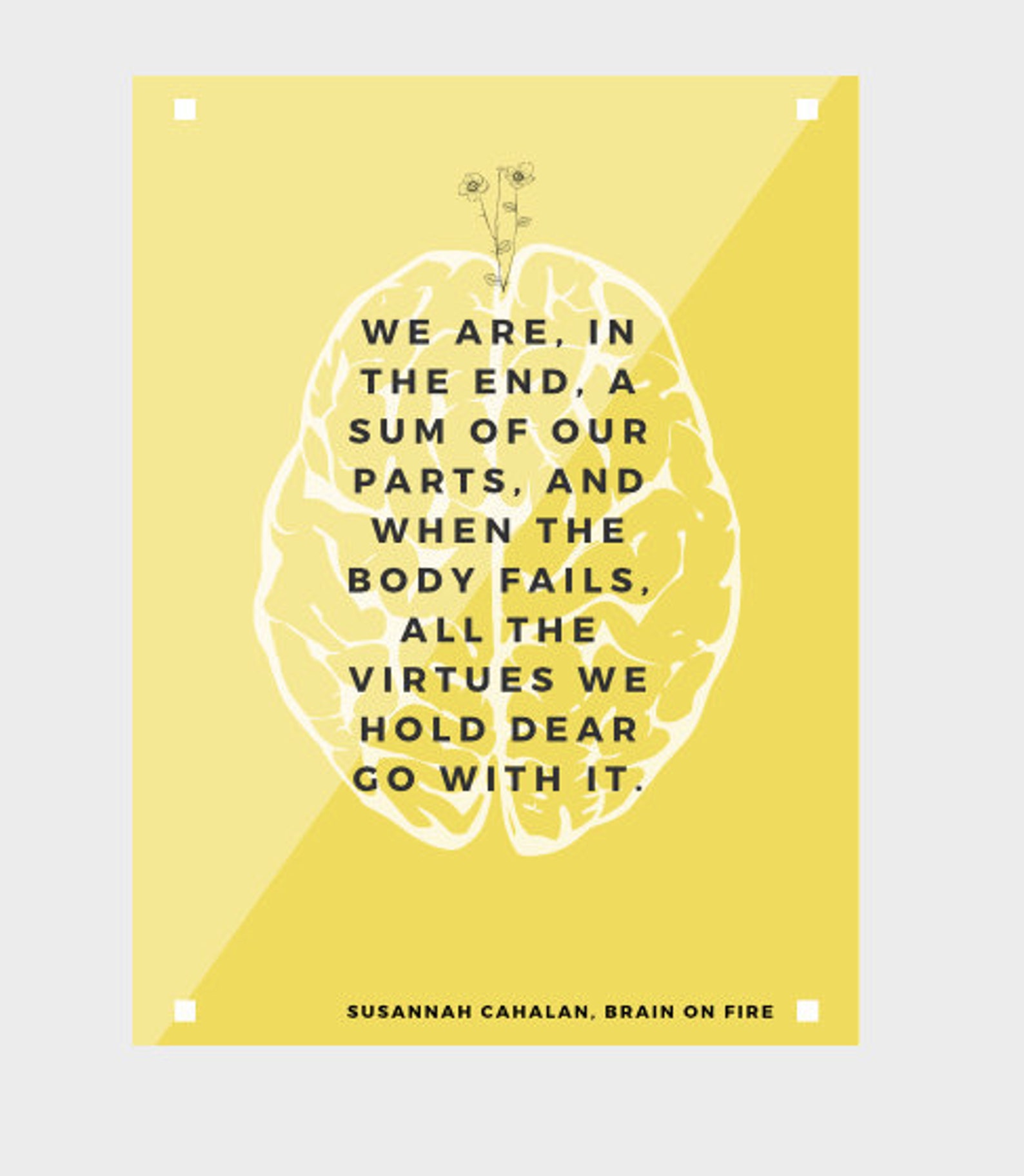

Of deeper interest is her attempt to become a historian of her lost self, piecing together the facts of her ordeal from her father’s diaries, the recollections of her mother and her boyfriend, and the forensic evidence of medical and psychological records. There were also seizures, with “blood and foam” spurting out of Cahalan’s mouth, that suggested not mental illness but a neurological disorder. The illness presented itself in malevolent fashion, with symptoms of bipolar disorder and schizophrenia, which are often indistinguishable from each other in their early stages: grandiosity, paranoia, bouts of irrational rage, incomprehensible utterances and flat catatonic-like affect.

“Brain on Fire” is at its most captivating when describing the torturous process of how doctors arrived at that diagnosis - an extremely rare autoimmune disease almost undocumented in medical literature.

“My diagnosis had been discussed in almost every major medical journal,” she tells us with an air of pride and exhausted wonder, “including the New England Journal of Medicine, and The New York Times.” One thing you don’t want to be to your doctor is “an interesting case.” Susannah Cahalan had the bad luck of being a unique and baffling one: profoundly sick, deteriorating with dangerous speed, yet her MRIs, brain scans and blood tests were normal. But what hard-won nugget of wisdom has she brought back from her brief descent into a hell that most of us, for now, have been lucky enough to avoid? Can she give her ordeal meaning beyond the brute fact of the thing itself? There is little suspense: the existence of the memoir is testament to the fact that the author has lived to tell the tale. Severe illness, by its nature, narrows the focus the palette of experience both intensifies and shrinks we crawl into the bush, figuratively speaking, and wait out our fate, fighting to survive. The reader’s resistance to these stories can be strong.

From a literary point of view, everything depends on the sensibility of the narrator, her comportment both as the teller and as the main character in her own tale. In the vast and growing literature of affliction there is essentially one story: how the writer and her loved ones made it through.


 0 kommentar(er)
0 kommentar(er)
